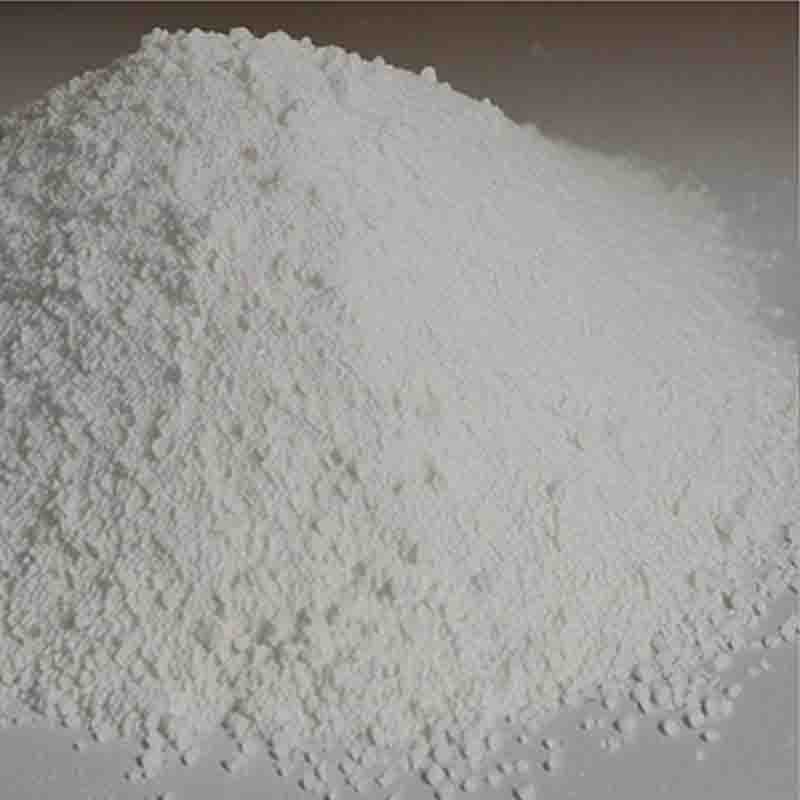3-(Trifluoromethyl)benzylbromide CAS:402-23-3
| Catalog Number | XD96227 |
| Product Name | 3-(Trifluoromethyl)benzylbromide |
| CAS | 402-23-3 |
| Molecular Formula | C8H6BrF3 |
| Molecular Weight | 239.03 |
| Storage Details | Ambient |
Product Specification
| Appearance | White powder |
| Assay | 99% min |
3-(Trifluoromethyl)benzylbromide is a versatile synthetic compound that is widely used in organic chemistry for various purposes. The trifluoromethyl group (CF3) attached to the benzyl group is responsible for its unique properties and reactivity.One of the primary applications of 3-(Trifluoromethyl)benzylbromide is in the synthesis of pharmaceuticals. The introduction of the trifluoromethyl group in organic molecules can drastically affect their biological activity and pharmacokinetic properties. The CF3 group has been found to enhance lipophilicity and metabolic stability, leading to improved drug-like properties of the resulting compounds. Additionally, the CF3 group can also influence the binding affinity and selectivity of drugs towards their molecular targets.Furthermore, 3-(Trifluoromethyl)benzylbromide is commonly used as a reagent for the synthesis of other trifluoromethylated compounds. The bromine atom attached to the benzyl group acts as a leaving group, allowing for substitution reactions to occur. This compound can be used in various reactions, such as nucleophilic substitution, Suzuki coupling, and cross-coupling reactions, to introduce the trifluoromethyl group into different molecules. These reactions are valuable in medicinal chemistry, agrochemical synthesis, and material science, as they enable the modification of organic compounds to achieve desired properties or functionality.Moreover, the trifluoromethyl group itself has unique physicochemical properties, such as increased lipophilicity and electron-withdrawing capabilities. This makes 3-(Trifluoromethyl)benzylbromide useful in the development of agrochemicals, as they often require increased lipophilicity to enhance their penetration into plant tissues. Additionally, the electron-withdrawing nature of the CF3 group can stabilize reactive intermediates during synthetic reactions, leading to increased reaction efficiency and selectivity.In conclusion, 3-(Trifluoromethyl)benzylbromide is a valuable compound in organic synthesis, particularly in the introduction of trifluoromethyl groups into molecules. Its application ranges from pharmaceutical synthesis to agrochemicals and material science. The trifluoromethyl group's unique properties allow for the modification of organic compounds to improve their biological activity, pharmacokinetic properties, and other desired characteristics. However, it is essential to handle this compound with caution and adhere to appropriate safety protocols due to its reactive nature.


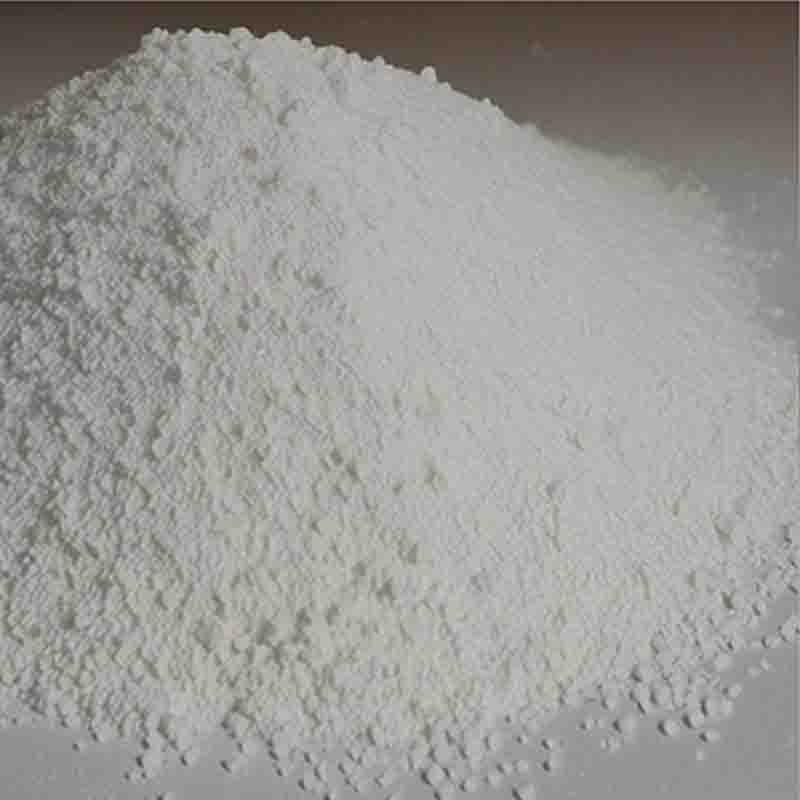

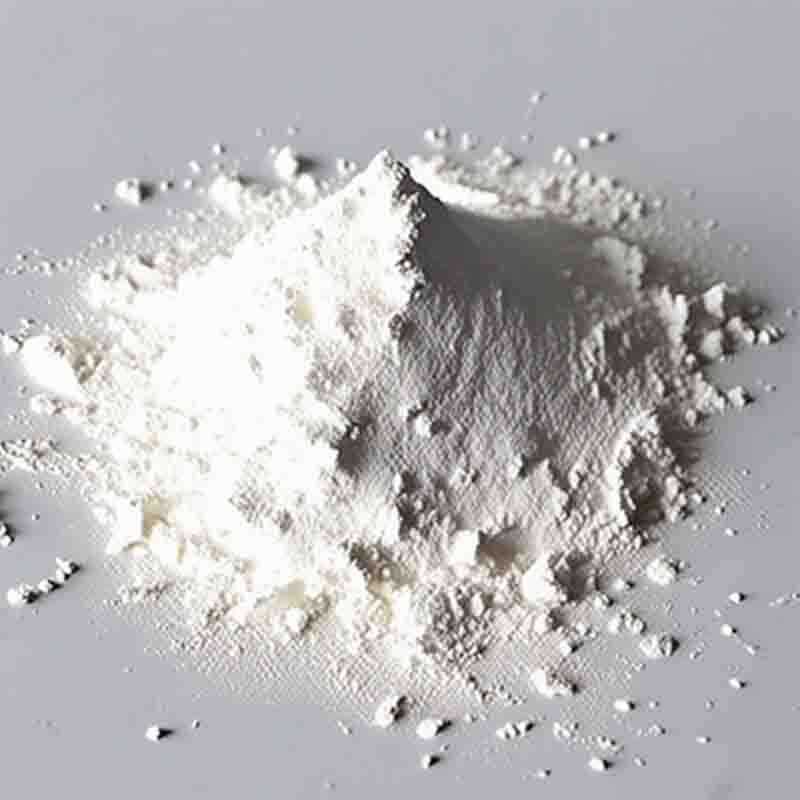
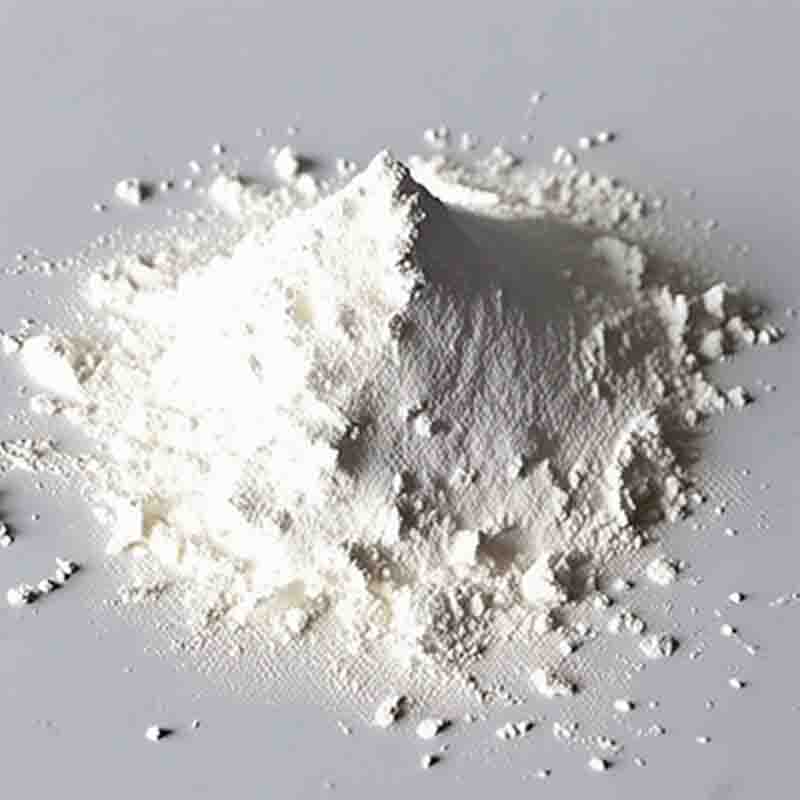

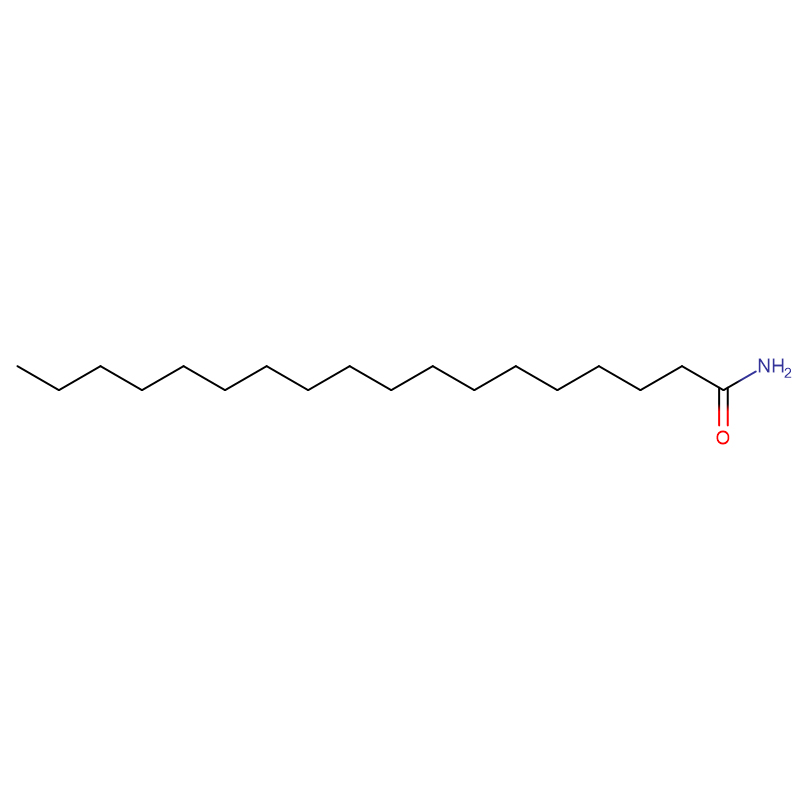
![N-[(2'-cyano[1,1'biphenyl]-4-yl)methyl]-methyl ester L-valine monohydrochloride CAS: 482577-59-3](https://cdn.globalso.com/xdbiochems/白色粉末1051.jpg)
